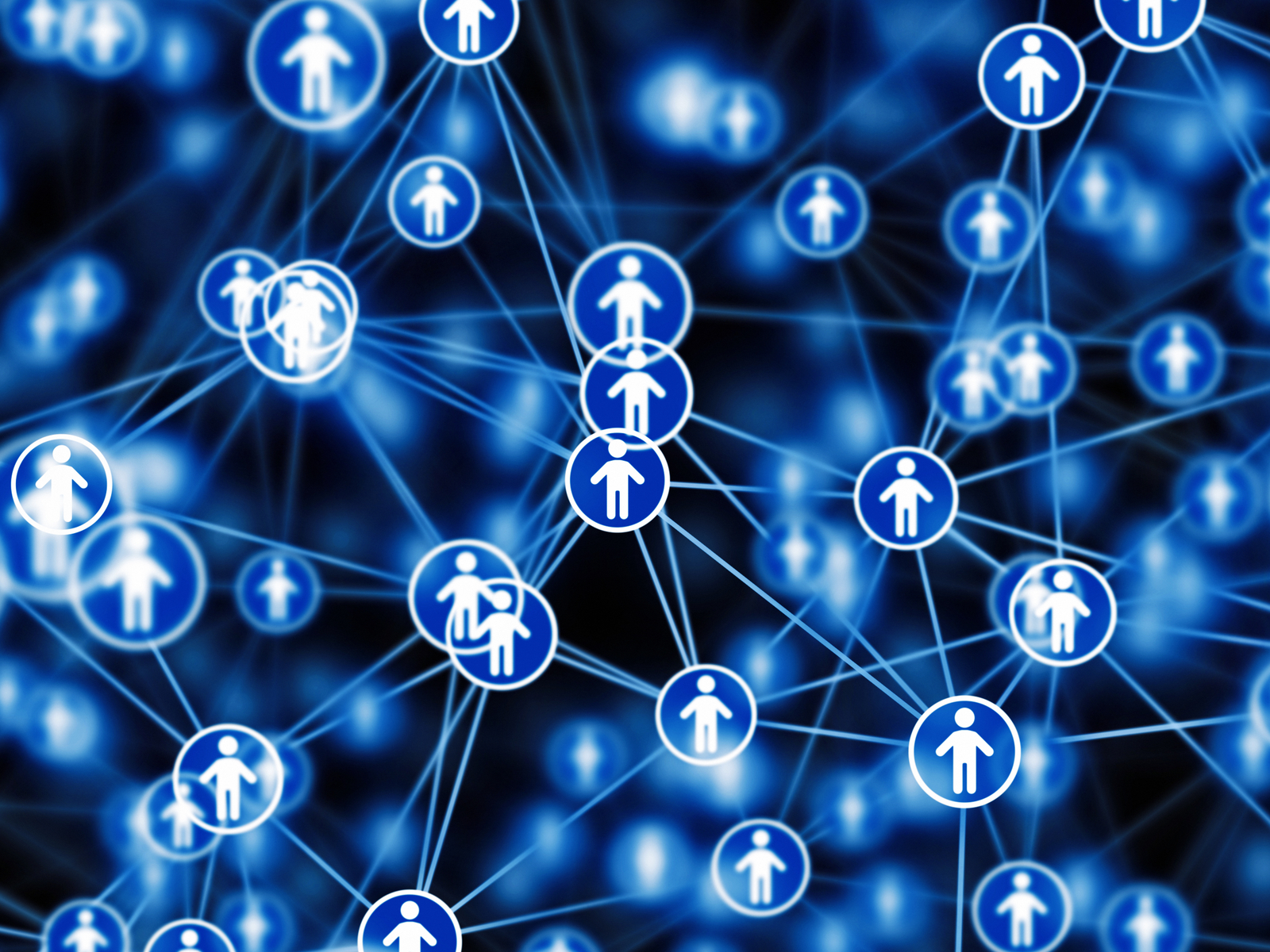
Between 2007 and 2017 the suicide rate for U.S. residents between the ages of 10 and 24 increased by 56 percent.
That jarring statistic from the CDC is one main reason a team of researchers from the University of Southern California set about designing an AI algorithm aiming to identify who in a given real-life social group would be the best persons to be trained as "gatekeepers" capable of identifying warning signs of suicide, as well as how to respond.
“In this research, we wanted to find ways to mitigate suicidal ideation and death among youth. Our idea was to leverage real-life social network information to build a support network of strategically positioned individuals that can 'watch-out' for their friends and refer them to help as needed,” said Phebe Vayanos, assistant professor of Industrial and Systems Engineering and Computer Science at the USC Viterbi School of Engineering.
In the study "Exploring Algorithmic Fairness in Robust Graph Covering Problems," which was recently presented at the Thirty-third Conference on Neural Information Processing Systems (NeurIPS), Vayanos and Ph.D. candidate Aida Rahmattalabi, the study’s lead author, investigated the potential of social connections such as friends, relatives, and acquaintances to help mitigate the risk of suicide.
Another motivational statistic, from the National Health Care for the Homeless Council, notes that more than half of people experiencing homelessness have had thoughts of suicide or have attempted suicide.
Consequently, researchers looked at the network of social relationships of young people experiencing homelessness in Los Angeles with an eye toward developing an algorithm that could try to plan how human gatekeepers can be best positioned and trained in a network to watch out for others.
“We want to ensure that a maximum number of people are being watched out for, taking into account resource limitations and uncertainties of open world deployment. For example, if some of the people in the network are not able to make it to the gatekeeper training, we still want to have a robust support network,” said Vayanos.
The researchers also want to ensure the algorithm is deployed in a way that will ensure fairness and transparency.
“We often work in environments that have limited resources, and this tends to disproportionately affect historically marginalized and vulnerable populations,” explained Anthony Fulginiti, an assistant professor of social work at the University of Denver and a co-author on the study.
“This algorithm can help us find a subset of people in a social network that gives us the best chance that youth will be connected to someone who has been trained when dealing with resource constraints and other uncertainties,” he added.
According to the researchers, the algorithm was able to reduce the bias in coverage in real-life social networks of homeless youth by as much as 20 percent.
Observed Vayanos, “Through this study, we can also help inform policymakers who are making decisions regarding funding on suicide prevention initiatives; for example, by sharing with them the minimum number of people who need to receive the gatekeeper training to ensure that all youth have at least one trained friend who can watch out for them.”


